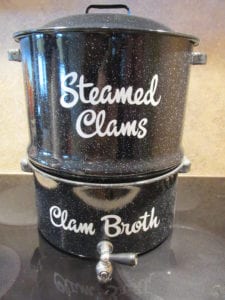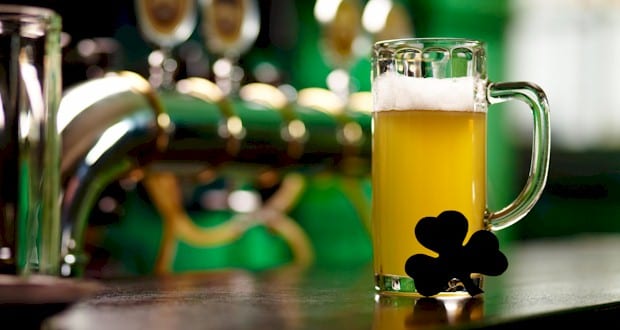Wine and Cheese: Celebrating St. Patrick’s Day with corned beef and beer
By Bob Lipinski
“Irish diplomacy is the ability to tell a man to go to hell so that he looks forward to making the trip.” (Irish saying)

Before you begin cooking the corned beef, you will need some good old-fashioned pants-slapping music. Naturally, the Irish Rovers or Clancy Brothers would be a great choice. Now, the best songs to listen to include “The Unicorn,” “The Orange and the Green,” “Goodbye Mrs. Durkin,” “Black Velvet Band,” “Donald Where’s Your Trousers,” “Bridget Flynn,” “Lilly The Pink,” and “Harrigan.”
To help celebrate Saint Patrick’s Day, here’s the scoop on corned beef.
The term corned beef has nothing to do with American corn, but rather an English term from the seventeenth century, for curing and preserving a brisket of beef in salt, which at one time was in the form of pellets (or grains of salt), called corns. Today “corning” is the term used to describe the process of curing a brisket of beef by steeping it in a pickling solution.

Corned beef, a staple of all Saint Patrick’s Day celebrations, is generally cooked by steam, although some cooks prefer to boil, bake or even microwave it (ouch, when you see the electric bill.) I have found that steaming the corned beef in a tall pot used for steaming clams minimizes shrinkage, maintains moisture and cooks in less time than other methods. Be certain the bottom of the steamer pot is filled with water, plus the pickling spices, which are often packed with the corned beef. (You can use a tablespoon of pickling spices, available in the supermarket if needed.) Do not trim off any fat pre-cooking; it adds to the moisture. Cook according to the package or your butcher’s advice. To keep the corned beef tender after cooking, let it rest for five minutes before serving. Now, remove any excess fat. To avoid stringy, cooked meat, be certain to slice against the grain.
Between the Irish music, the parade up Fifth Avenue and eating chunks of Irish soda bread, I enjoy beer on Saint Patrick’s Day. Everyone has their favorite and the most popular Irish beers are Beamish, Galway Hooker, Guinness, Harp, Murphy’s, O’Hara’s and Smithwick’s. However, my favorite is Guinness Foreign Export Stout, available only in four-packs. Guinness Stout is relatively low in carbonation and should ideally be served at 55 degrees Fahrenheit.
If you prefer wine, my suggestions for white wines are chenin blanc, gewürztraminer, pinot blanc, riesling and sylvaner. Red wines are barbera, Bardolino, Beaujolais, Chianti and pinot noir. Equally fine is rosé, white zinfandel and a blanc de noirs sparkling wine.
Bob Lipinski, a local author, has written 10 books, including “101: Everything You Need to Know About Whiskey” and “Italian Wine & Cheese Made Simple” (available on Amazon.com.) He conducts training seminars on wine, spirits and food and is available for speaking engagements. He can be reached at www.boblipinski.com or [email protected].







